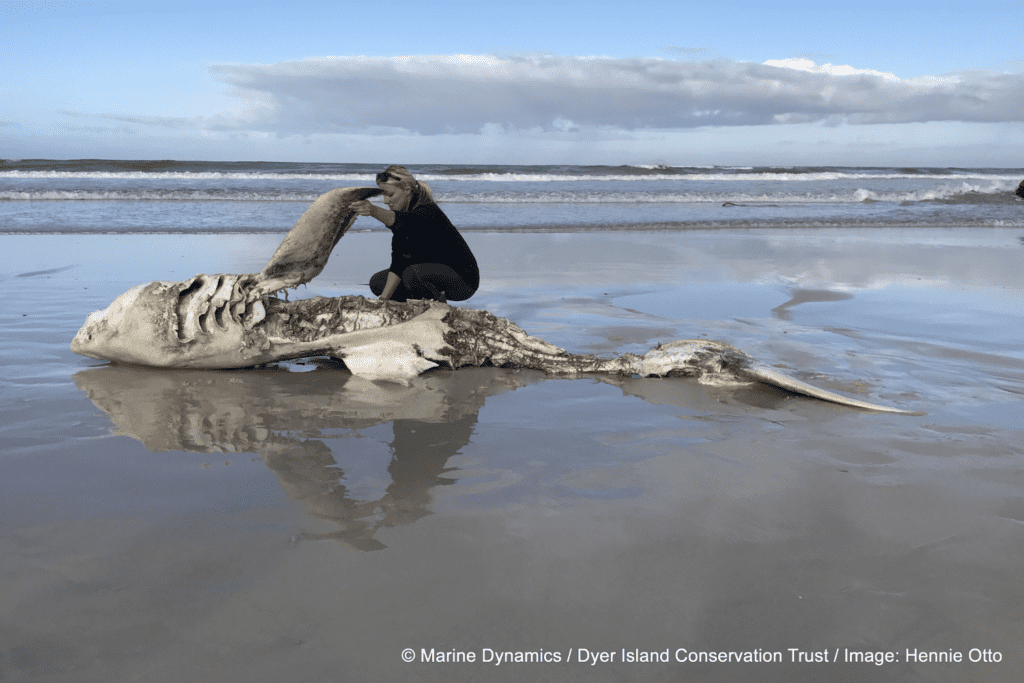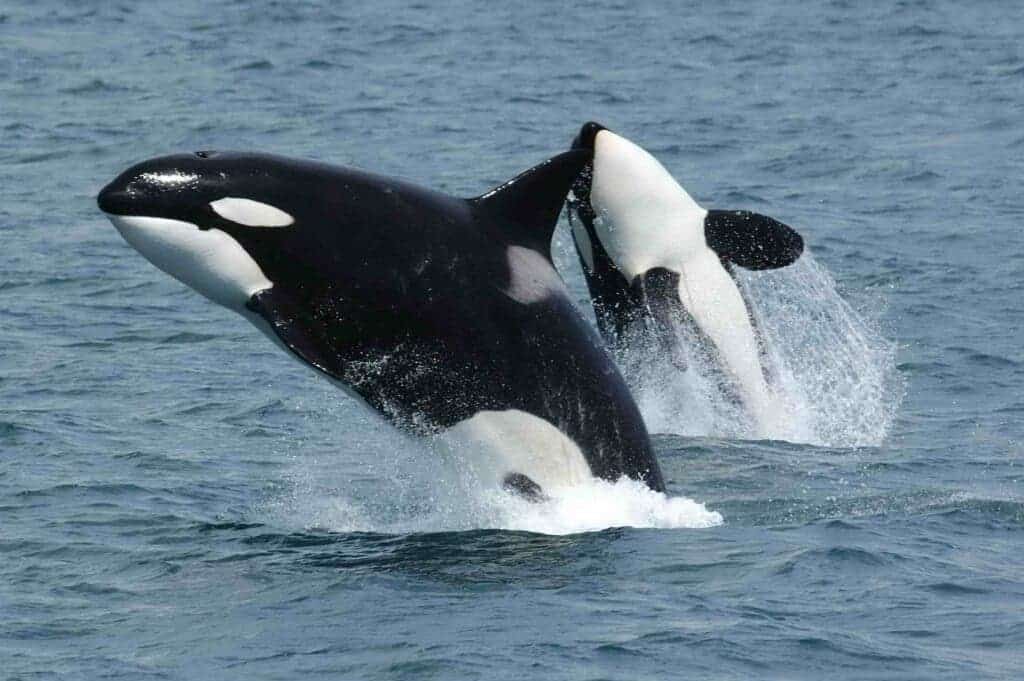
Great white sharks are generally thought of as the apex predator of the seas. However, something off the coast of South Africa has had them swimming in fear since 2017. And for good reason, lest they want to lose their vital organs.
For the past five years, a pair of orcas have been terrorizing the population, driving large numbers of the sharks from their natural aggregation sites. Since that time, eight sharks have washed up on beaches on the Gansbaai coast in South Africa. Seven were found with their livers removed, some with their hearts missing. Previously these were territories the famed great whites dominated.
(Serial) killer whales
A study published in the African Journal of Marine Science aimed to hone in on their speedy exit from the region. Using long-term sightings and tagging data, the researchers showed that great white sharks have been avoiding these areas for fear of becoming the orcas’ next victims.
“Initially, following an Orca attack in Gansbaai, individual great white sharks did not appear for weeks or months,” said lead author Alison Towner, a senior White Shark biologist at the Dyer Island Conservation Trust. “What we seem to be witnessing though is a large-scale avoidance (rather than a fine-scale) strategy, mirroring what we see used by wild dogs in the Serengeti in Tanzania, in response to increased lion presence. The more the Orcas frequent these sites, the longer the great white sharks stay away.”
Orcas, more commonly referred to as killer whales, can be found in all of the globe’s oceans and belong to the oceanic dolphin family, of which it is the largest member. The diets of orcas are diverse, although individual populations may specialize in one type of prey. While some feed exclusively on fish, others hunt marine mammals such as seals and dolphins. In some instances, they have attacked baleen whale calves and even adults in some cases.
By attacking and driving off the great white sharks from the area, seals, along with some other mesopredators, such as the bronze whaler shark who would normally be on the menu for the great whites, have started making a comeback.
But these returns aren’t exactly favorable for all.
“Balance is crucial in marine ecosystems, for example, with no great white sharks restricting cape fur seal behavior, the seals can predate on critically endangered African penguins, or compete for the small pelagic fish they eat,” Towner said. “That’s a top -down impact, we also have ‘ bottom-up’ trophic pressures from extensive removal of abalone, which graze the kelp forests these species are all connected through. To put it simply, although this is a hypothesis for now, there is only so much pressure an ecosystem can take, and the impacts of orcas removing sharks, are likely far wider-reaching.”

But, what drew the pair of orcas, easily recognizable by their distinctive collapsed dorsal fins, to this new territory? Towner says that yet-to-be-published data indicate that orcas are becoming more common in South Africa’s coastal regions, and this pair may belong to a rare shark-eating morphotype that is known to hunt at least three different shark species as a major source of food there.
“This change in both top predators’ behavior could,” Towner says, “be related to a decline in prey populations, including fishes and sharks, causing changes in their distribution pattern. We know that great white sharks face their highest targeted mortality in the anti-shark bather protection nets in KwaZulu Natal, they simply cannot afford additional pressure now from orca predation.”
What it means for populations of the great white could be more pronounced and it is unclear what the pressure may do.
Due to their slow growth and late-maturing life cycle strategy, the subadult Great White Shark population, which the orcas are focusing on, is already at risk. In order to gather additional data on how these predations may affect the long-term biological balance in these intricate coastal seascapes, increased vigilance employing citizen science, such as fishers’ reports and reports from tourism vessels, as well as ongoing monitoring studies, will be helpful.
Alternative explanations for the results should be taken into account, as with all research. The study’s authors speculate that the Great White’s recent absence may be related to sea surface temperature, however, this does not account for the sharp and sudden fall in sightings at the start of 2017 or the prolonged and lengthening absences.
Other possible explanations for a drop at Gansbaai include direct fishing of Great White sharks or an indirect result of declining potential prey due to fishing. While this would help explain the general reduction in great white numbers in South Africa, it is unlikely to account for the abrupt localized decline.
“The research is particularly important,” said Towner. “By determining how large marine predators respond to risk, we can understand the dynamics of coexistence with other predator communities; and these dynamics may also dictate the interactions between competitors or intra-guild predator/prey relationship.”


